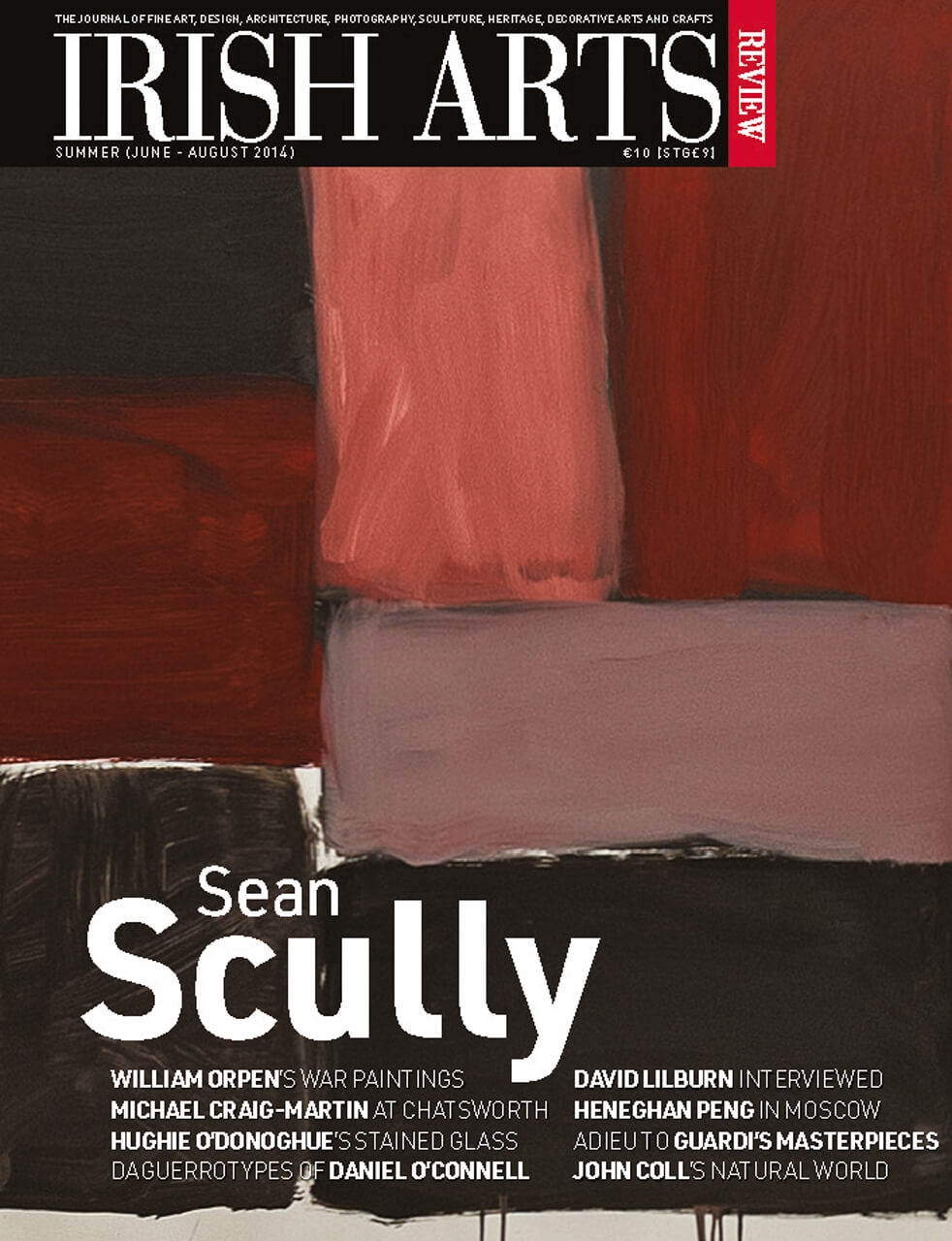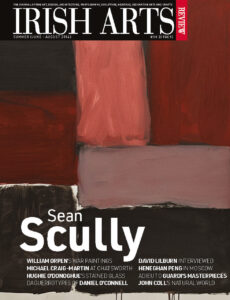

Sheila O’Donnell and John Tuomey have been named as the 2015 recipients of the Royal Gold Medal, the world’s most prestigious architecture award. They become the third husband and wife team to receive the Royal Gold Medal following on from Charles and Ray Eames in 1979 and Michael and Patricia Hopkins in 1994. Sheila O’Donnell and John Tuomey are the third and fourth Irish citizens to have been awarded the Royal Gold Medal following the engineer Peter Rice in 1992 and architect Michael Scott in 1975. Their work has featured several times in the Irish Arts Review and we publish here 2 articles from Summer 2014 and Summer 2011
From the IAR Summer 2014 edition
O’Donnell + Tuomey Architects’ Saw Swee Hock Student Centre in London by Kester Rattenbury
It ought to seem peculiar that some of London’s most London-y new buildings are by O’Donnell + Tuomey. One of many peculiar things in fact: that you could almost walk past something as dramatic as their Saw Swee Hock building without noticing it, or that it can feel both strange, familiar and old – even before the works are fully finished. But if you know O’Donnell + Tuomey, it’s not so strange, because wherever they build, their projects are almost revelations of the places they’re in. So their London projects take you into, gritty, old, brick-built London with its tangible life, rough-tough shabbiness and its unexpected, occasional generation of freedom.
That’s not a given. Almost everything else that’s going up in London seems obliged to surf the commercial slipstream – very shiny, very generic, very standard. It’s often hard in the UK to tell if you’re in a school or a rather grim business park. But O’Donnell + Tuomey’s buildings are really public, human and particular. They make you take real pleasure in the place you’re in, in the people you’re sharing it with, and the way that those places are made.
The new Saw Swee Hock Student Centre for the London School of Economics (LSE) is their second, and a really great building. It’s in a tiny mesh of lanes squashed between the irregular grandeur of Lincoln’s Inn Fields and the traffic torrent of Holborn, amongst a jumble of buildings of all eras, including the old building, which a canny Victorian owner rebranded as The Old Curiosity Shop. LSE uses these streets as its campus (exam results are posted on the streets) and O’Donnell + Tuomey wound this street life upwards through London’s, ragged, dramatic skyline.
So that strange, obscurely dramatic futurist brick building presents a Christmas stocking of life: a fantastic adjacency of should-be-incompatible activities – music-venue, pub, prayer-room, church, gym, cafes, careers service – inside an apparently coherent one-piece brick dress. Those brick planes shift to accommodate this against complex rights of light from the neighbouring buildings in this tight, triangular site, so each space has its own privacy, daylighting or screening through the variously solid, perforated, or nice big human-feeling windows – and new views down the streets, tiny gardens and rooftop terraces – in that apparently homogenous brick. The building is handmade like an unbelievably complex Japanese puzzle – not one brick is cut. That’s part of its outstanding environmental performance, its precision, robustness, and its converted warehouse feeling of being in continuous, familiar use.
The Photographers’ Gallery in Soho, which they finished two years ago, is another unpromising site transformed into a new public place on a scruffy backstage street stepping down from Oxford Street, yet somehow they’ve turned it into a new meeting place. I don’t think anyone else would have made that vast right-angled corner window for the cafe – diagonally facing a vast right-angled back-of-the-Odeon kind of a wall. But they’ve made it into a great new crossroads kind of a place to hang out, watching the kids giggling in the doorways opposite.
In other hands, the Photographers’ Gallery could have been an architectural tragedy. O’Donnell + Tuomey had a ready-to-go new building designed when the crash hit in 2008 – leaving them with a refurbishment and a skinny budget. And yet they turned out a place with a character and vision of its own. It’s a kind of big camera – roughly speaking, the new black ‘case’ building wraps the brick original. And it has its own real Camera Obscura and its great big aperture windows into London’s built history. Oh, and you get a nice set of galleries into the bargain.
Why do O’Donnell + Tuomey succeed in London’s competitive market? Well, basically, because they’re really, really good, and lots of people know it. They win devoted fans, clients, contractors, critics and regular people. So that the LSE is in constant, thrilled use. So that even when the Photographers’ Gallery is closed you’ll find people (like me) hanging round in the cafe. Because some clients are wise enough to recognize that if they commission an O’Donnell + Tuomey they will get and give something really special. Their buildings extend little bits of London into better versions of itself. And that’s really worth having.
All Photography ©Dennis Gilbert/VIEW
Kester Rattenbury is Reader in Architecture at the University of Westminster.
To read more on O’Donnell + Tuomey, Lyric’s Third Act, click here



